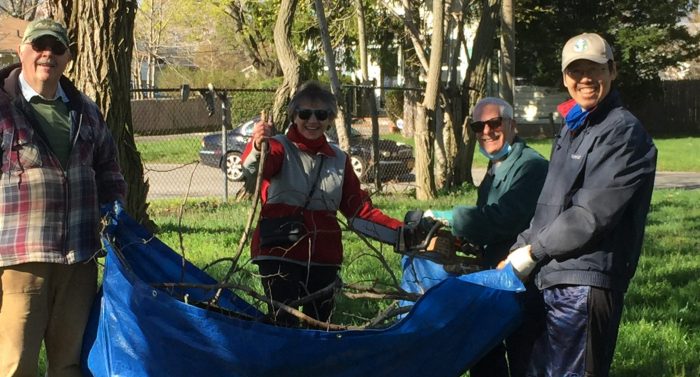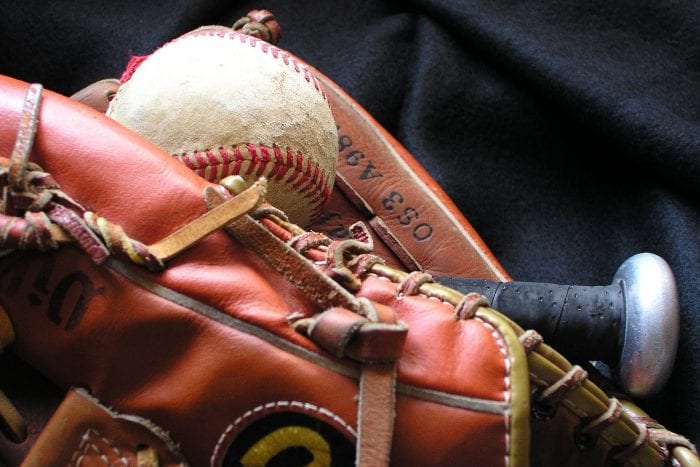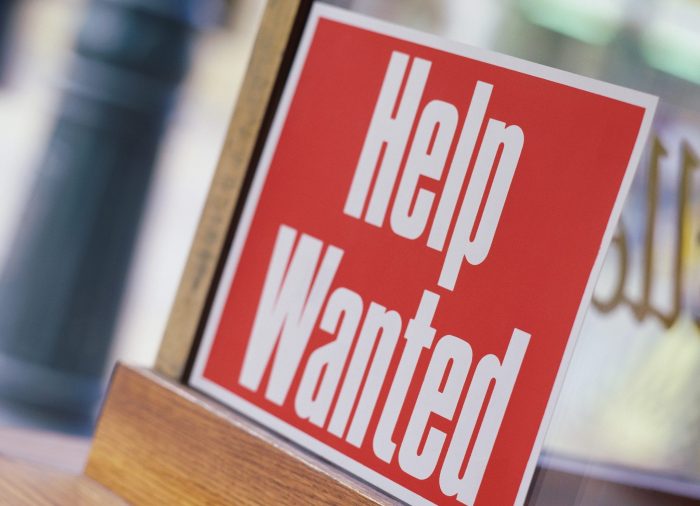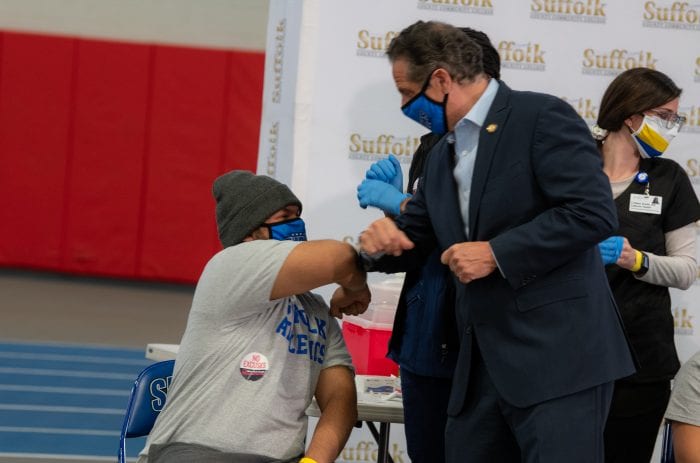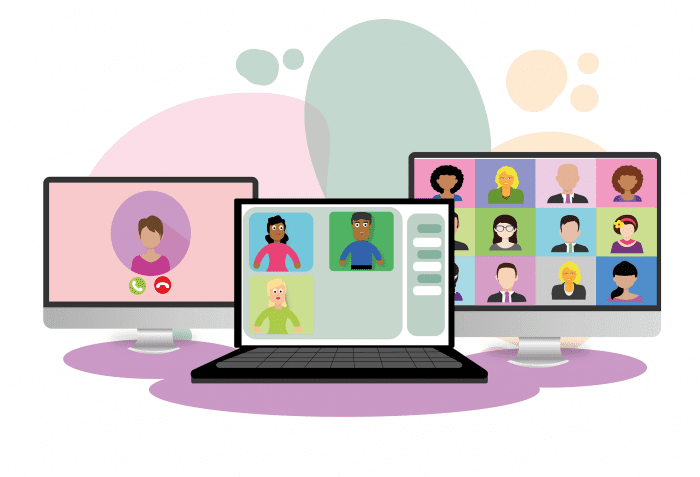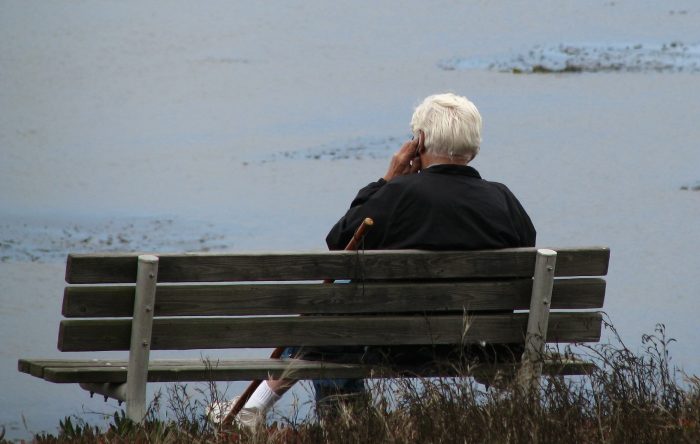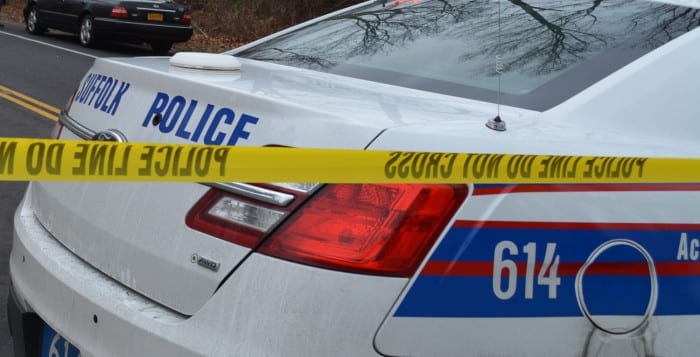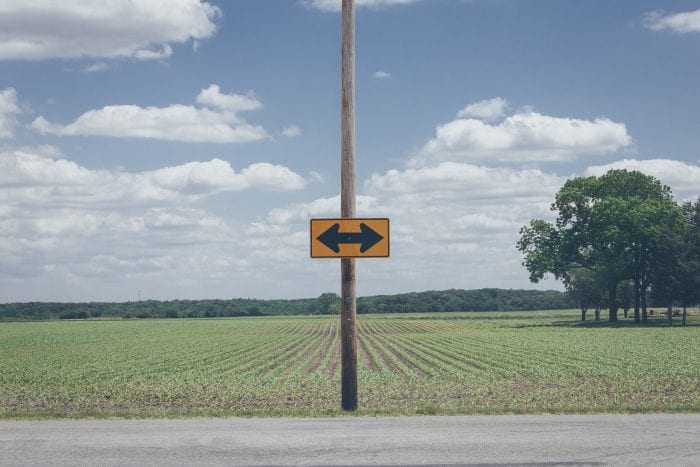By Daniel Dunaief

I have two friends whose sons are contemplating important choices. The first son, Matt, is trying to decide where to attend college.
He has gained admission to two elite schools. He can’t go wrong, as his parents have told him repeatedly, with either choice. Making this decision in a normal year would be hard. In a pandemic year, it’s almost impossible.
Matt can’t stay over at each school for a weekend or even attend a few classes. He can’t get much of a feeling for the “vibe” of the school because he can’t go into most of the buildings, even with a mask and with his letter of admission.
He can compare the national rankings from U.S. News and World Report, check college guides, talk with his guidance counselor, chat with graduates from his high school who attend each school and stroll around each campus.
He can’t, however, fully try on the school, the way he might a tailored suit. Masks cover the faces of most of the people at each school, which makes it impossible to search for smiles on the faces of his potential future classmates.
He recently found himself leaning toward school A. The same day, his father spoke with a friend of his whose daughter was attending school B.
His father showed a picture of his friend’s daughter to Matt. The friend’s attractive daughter caused Matt to rethink his tentative decision.
That brings me to my other friend’s son, Eric. In his mid-20s, Eric has been caught in the same social world that has limited the options for everyone else.
Eric has been dating a woman for over two years and is considering the future of the relationship. He is not sure whether it’s the appropriate time to consider living together or getting married.
Eric is incredibly attached to his girlfriend, who has been one of the few people he sees regularly in real life during the pandemic.
Eric is not sure how long this altered reality, in which he works from home, speaks with family and friends virtually most of the time, and sees his girlfriend during his limited social hours, will last. In the meantime, he’d like something in his life to move forward.
Matt and Eric are weighing their options. For Matt, the choice of college may well come down to the last picture of another student he sees before he pushes a button.
Choosing a college can, and likely should, involve more significant factors. Then again, both of the colleges line up so well that he is likely to have a similar experience, albeit with different people around him, at each school.
Eric’s decision, however, isn’t so interchangeable. It involves a leap of faith that those of us who are married have made that relies on our own criteria. We can consult family, friends, and counselors as we weigh the pros and cons, but, ultimately, the responsibility and opportunity rest with us.
Coming up with his own questions and his own scale to evaluate the relationship is challenging, particularly when everything seems somewhere between good and great right now. He can’t possibly know what life will look like in two, five, 10 or 20 years from now.
I don’t envy either Matt or Eric as they contemplate these decisions. I do, however, agree with Matt’s parents: he can’t go wrong. For Eric, the decision has more significant longer-term ramifications and likely reflects variables that are difficult to imagine, particularly amid the uncertainty of the present.




